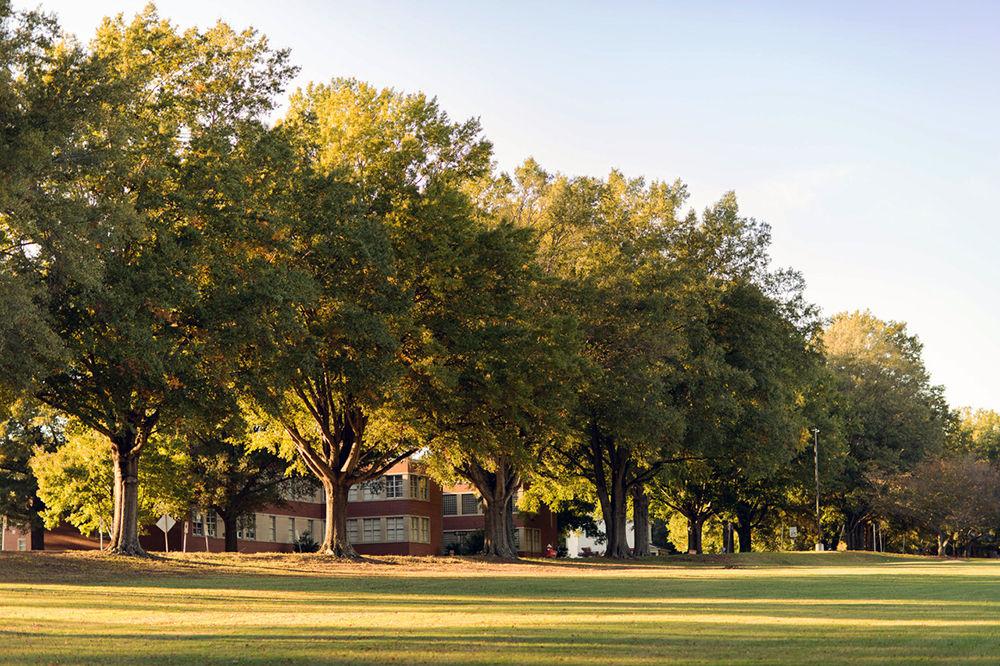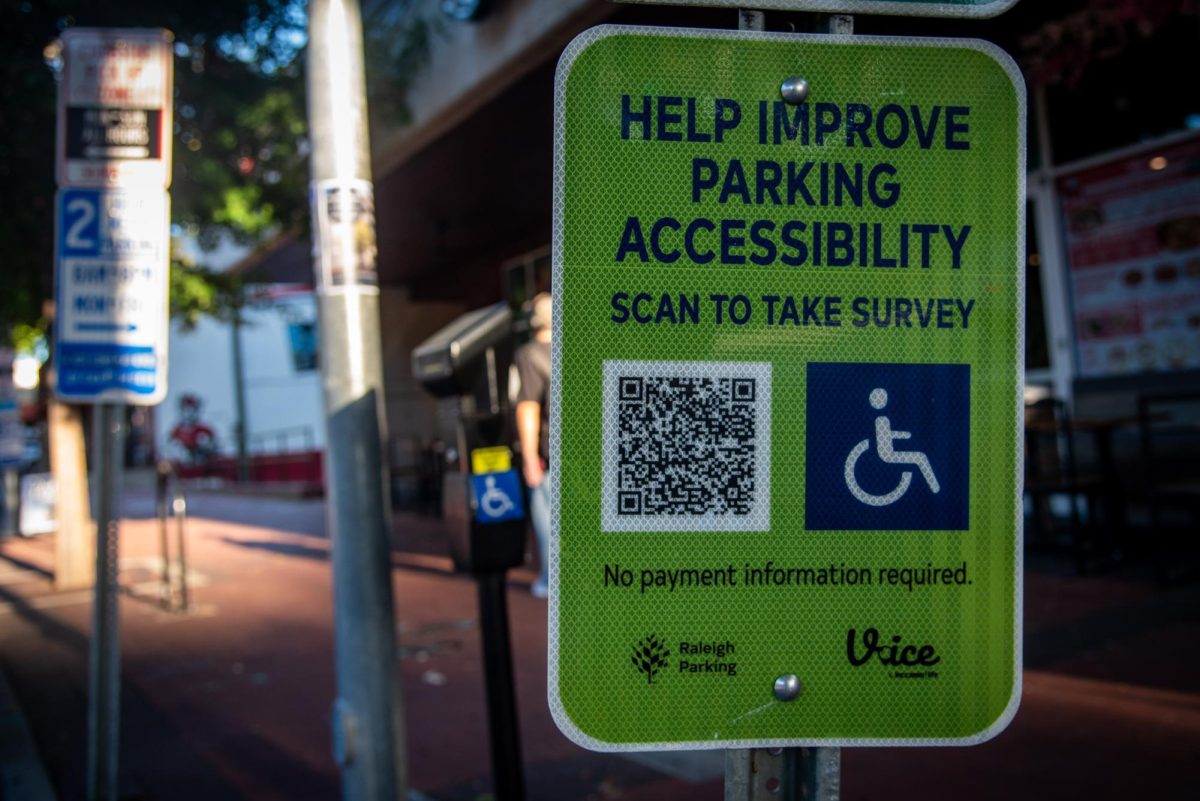Raleigh has the unique opportunity to work with a world-famous design firm, Michael Van Valkenburgh Associates, to turn Dorothea Dix park into a park like no other. After the city of Raleigh bought the property from North Carolina in 2015, which was formerly home to a mental health institution, the area was designated to be a park.
Currently, the 308-acre green space off Western Boulevard is not easily accessible to the public. By working with the design firm, Raleigh’s goal is to turn the area into a state-of-the-art park that connects to the rest of the city.
Kate Pearce, the senior planner for Dorothea Dix Park, said that the ideas for the park are to expand it as much as possible and to integrate it with the city of Raleigh as well as the NC State campus.
“The park has the potential to be North Carolina’s Central Park,” Pearce said. “We are working with a firm that has designed numerous other successful parks such as the Brooklyn Bridge Park and Hudson River Park. It is rare that a city has a chance to work with such a large green space within the city borders.”
With the park’s proximity to NC State via a proposed land bridge to Pullen Park, faculty, staff and students will have easy access as well.
Alex Depolt, a second-year in textile engineering, said that he values how the history of the city can be seen at the park.
“I enjoy the beauty of the park and also how it has integrated itself into Raleigh,” Depolt said. The park has so much, such as the old high school and other buildings and has maintained its history.”
The firm and the city of Raleigh are currently two-thirds of the way through a yearlong planning period of design modifications to the park. Greenway paths have also been proposed in the design to connect the State Farmer’s Market to the park as well.
While making modifications, an important focus the team has is to make sure the park honors its history and also represents the Triangle area and North Carolina as a whole. With 85 buildings spread across the landscape, it has not been determined whether all of them will be kept. Ideas bounced around have included modifying some to covered basketball courts, public spaces and museums.
The nonprofit Dix Park Conservancy has served as philanthropic partners to help get the project off the ground and has reached out to the community through discussion forums to find out the community’s ideas for the park. Two community meetings have been held thus far in which the design team presented their vision and responded to feedback from the community.
“The park should be designed by everyone,” said Pearce. “We are continuing to work on building public awareness to the project and have hosted events such as movie night and an adult Easter egg hunt to help people to engage more and support the park.”
The park is also hosting events such as Get Fit at Dix and A Burden Too Great to Bear: Dorothea Dix Hospital and the Civil War to get the community involved in the park’s history and to continue to build awareness about the park.
Phase one of the park’s construction is projected to begin in spring of 2019. For more information about events and how to get involved in the park’s planning can be found on the Dorothea Dix Park website.





